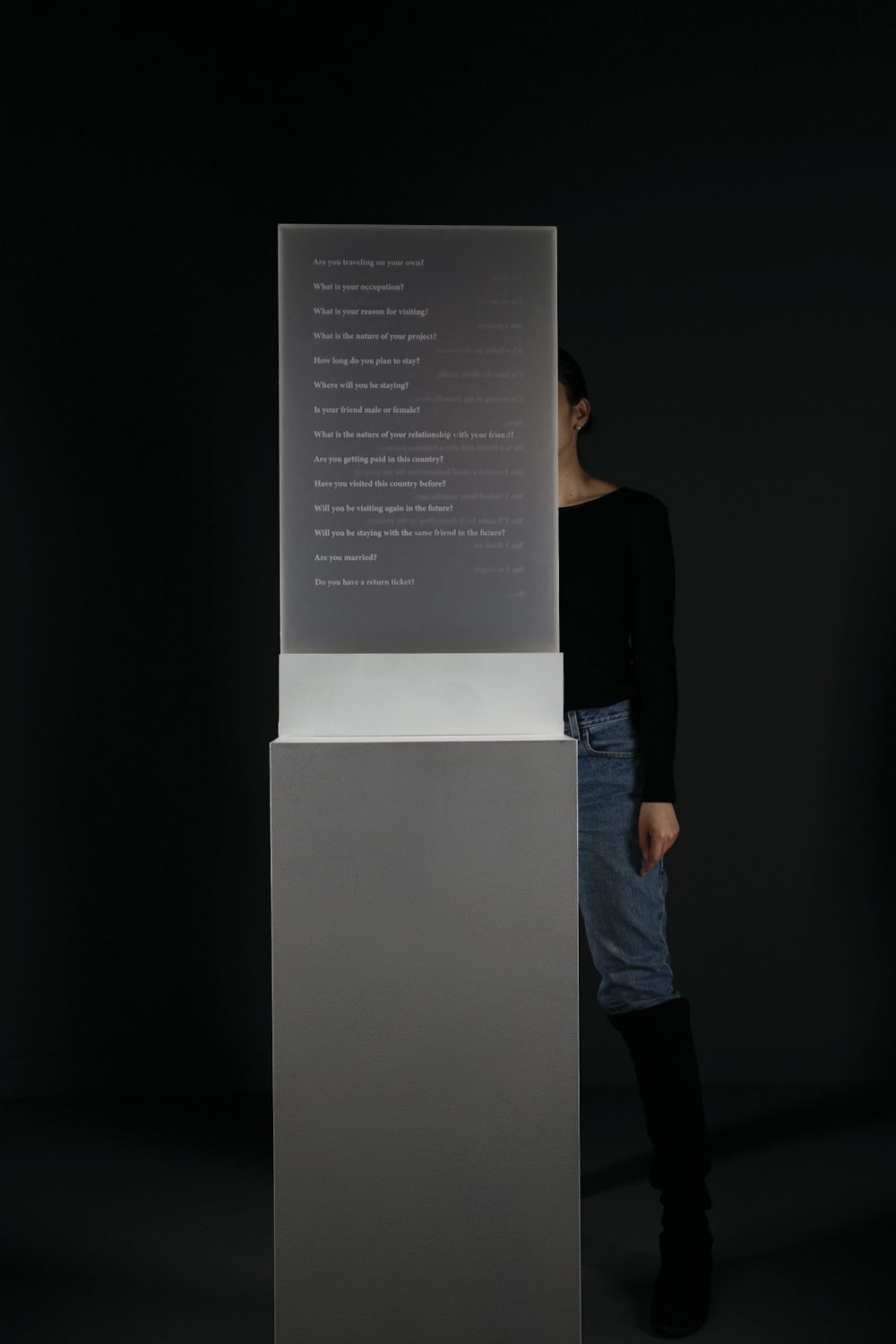This project looks at the border as a space of negotiation between those who are trying to cross it and those who are guarding the crossing. It aims to examine how border control can function as a mechanism of systemic filtration that includes or excludes certain age, sexual, and racial groups in today’s world.
The project draws inspiration from an anecdote involving a Japanese dancer and choreographer who travelled to San Francisco in 2023 to perform a dance piece. However, she was denied entry to the U.S. because border control officers mistakenly labelled her as a sex worker based on the clothes she packed and the subsequent verbal screening. In recent years, an increasing number of similar cases, where solo female travellers are denied entry into the destination country, have been reported. Here, a method of investigation originally intended to uncover the ‘truth’ is intentionally exploited as a mechanism of obfuscation, preventing individuals from crossing the border under the guise of national security. The paradox of such a ‘screening’ method iterates failure, impossibility, and the unknown on multiple levels; the impossibility and failure of those who are trying to cross the border to assert their power in the face of an impenetrable system represented by a border officer who rejects their truth, and highlights how our collective fear of the unknown can lead to the exclusion of the Other.
The verbal exchange between the person travelling and the immigration officer in the incident described above has been transferred onto a semi-transparent panel that evokes the size of an immigration booth at an airport. One side of the panel is dedicated to the words spoken by the traveller, and the other to those spoken by the officer. When viewed from one side, only the text of one character is visible, while the other remains obscured by the material’s opacity.





